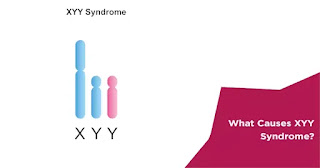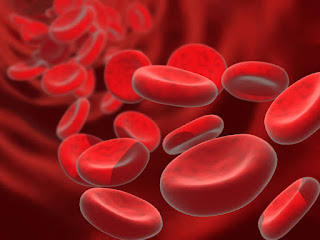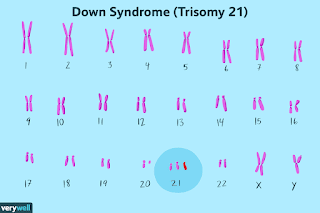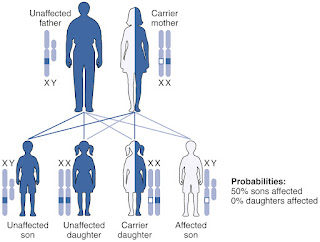MLB Weekly Digest September 3rd Edition - NGSC Sports

xyy syndrome cause :: Article Creator X Y Chromosomes In the imprinted brain theory, everyone's brain is configured somewhere on a spectrum between hypomentalism and hypermentalism. In hypomentalism, the mechanistic, paternal genes are over-expressed, creating a baby with a larger head who demands more from the mother; this child is more likely to have autism. In hypermentalism, the mentalistic, maternal genes are over-expressed; the baby is likely to have a smaller head, demand less from the mother, and develop psychosis. The normal brain falls somewhere between the two extremes, ensuring that the child exhibits neither autism nor psychosis. Compartment Syndrome: What Is It? Compartment syndrome occurs when excessive pressure builds up inside an enclosed muscle space in the body. The condition usually results from bleeding or swelling after an injury. The dangerously high pressure in compartment syndrome slows the flow of blood , oxygen,




